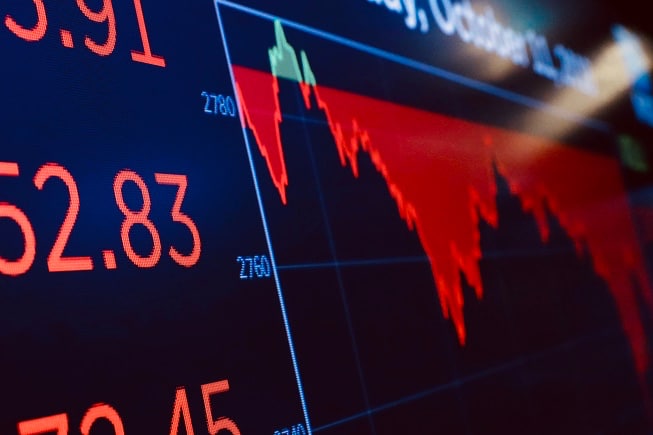Asking whether one should invest in a socially responsible way seems like a trivial question with an obvious answer
Asking whether one should invest in a socially responsible way seems like a trivial question with an obvious answer
Asking whether one should invest in a socially responsible way seems like a trivial question with an obvious answer
Socially Responsible Investing (SRI) has a long history, with one of the often cited successes is in its role in ending apartheid in South Africa in the 1970s. US companies drafted a code of conduct for doing business in the country, which coupled with increasing political pressure, caused more institutional investors to avoid companies that were operating in South Africa.
In our modern era, SRI has evolved by taking into account three factors: environmental, social, and governance (ESG). And who wouldn’t invest this way, especially if you can do it for the same returns you would get otherwise? Or better yet, even improve your investment returns by adopting ESG?
This movement has gained such momentum that even credit rating agencies are building ESG considerations into their agendas, and there are already a number of funds that focus on investing in companies that score well under these metrics. The end target result is that we would favour companies that benefit society, while companies that harm society would be shunned by investors, and would eventually be forced to change their ways.
This utopian target is worthy but not achievable, for two primary reasons.
First, it is easy enough to define the companies that do not meet the ESG criteria. Tobacco, alcohol, and guns are cited as obvious examples. So is the ‘big oil’ sector due to the pollution caused by its business. Defining companies that score well on ESG metrics is a whole different story.
Taking a look at the biggest holdings in the largest ESG exchange traded fund, we see in order of allocation: Microsoft, Facebook, Google, Intel, and Cisco. I had to do a double take to make sure I hadn’t loaded the Nasdaq technology ETF instead.
The second largest ESG ETF also lists Microsoft as their largest holding. Who knew that Microsoft was such a paragon of environmental, social, and governance criteria? Going down the list we see Coca-Cola as the eighth largest holding. It would not be too difficult to create an argument that peddling fizzy sugar drinks does not rank very high in a list of socially responsible qualities.
With the broadening acceptance of ESG globally, a significant amount of research shows that adopting ESG results in similar investment performance. In other words, you can expect about the same investment performance by adding your ESG criteria. A smaller subset of this research actually shows that performance improves after screening for companies that score highly on ESG. Being good for the environment and society turns out to be good for business too!
This research makes adopting ESG a no brainer. If you can at least achieve a similar investment performance, it is perfectly logical to choose to invest into companies that will leave the planet cleaner for our children and grandchildren, compared to the alternative.
A closer look at the evidence points to a different conclusion. Reducing the investable universe by a set criteria (say, ESG) will result in periods of underperformance when shares of the weak ESG companies are doing better. Since ESG is relatively new, the historical analysis is short and often extrapolated to a longer time period to arrive at far-reaching conclusions. A better method to assess ESG’s investment performance merits can be arrived at by looking at the best long-term performing stock in modern history.
We can see a similar conclusion in another weak-ESG sector: alcohol. This sector also showed a similar large outperformance compared to the overall stock market, though we do not have a full century of data due to the prohibition era during the 1920s in the USA. Taken together, history shows that the two biggest anti-ESG sectors significantly outperformed the market. Excluding them would have resulted in lower, not higher, investor returns.
ESG is conceptually a great framework to reduce the negative impact of business on social and environmental performance measures, and its adoption will improve society, a very worthwhile goal in itself. Investors however need to be aware that this will most likely happen with lower investment returns. It would be fantastic if this were not the case, but pure economic interests are too often achieved at the expense of the environment, unless there are very strong economic disincentives, which are usually within the mandate of governments to establish.
Proponents of ESG will make the case that accepting a slightly lower return in pursuit of ESG’s underlying goal is the right choice. Many investors will agree if we’re talking about 1% lower annual returns. If this entails accepting 5% lower annual returns, each investor will need to make their own choice on whether to adopt this additional investment selection criteria.
By LEONARDO DRAGO
Co-founder of AL Wealth Partners, an independent Singapore-based company providing investment and fund management services to endowments and family offices, and wealth-advisory services to accredited individual investors.




